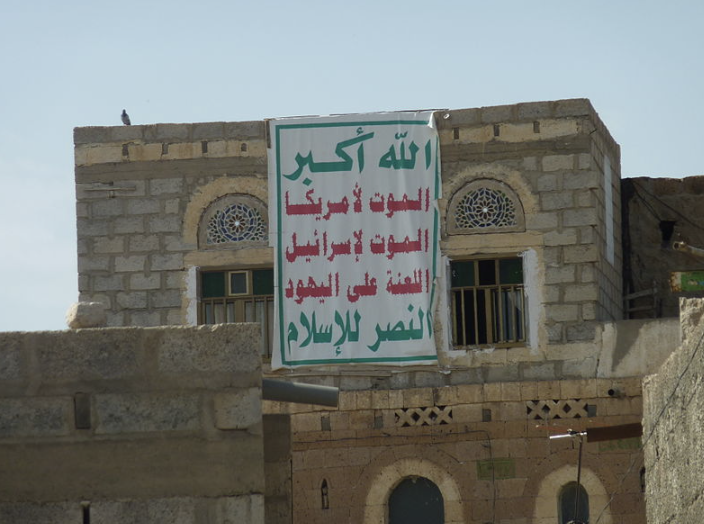
-
On Jan. 11 at 2:30 a.m. (Sanaa time), U.S. Central Command forces, in coordination with the United Kingdom, and support from Australia, Canada, the Netherlands, and Bahrain conducted joint strikes on Houthi targets to degrade their capability to continue their illegal and… pic.twitter.com/bR8biMolSx
— U.S. Central Command (@CENTCOM) January 12, 2024
In response to months-long attacks on merchant ships in the Red Sea by Iranian-backed Houthi militants, the United States, in collaboration with the United Kingdom and with support from Australia, Canada, the Netherlands, and Bahrain, conducted strikes on over 60 targets within Yemen. Coordinated by U.S. Central Command (CENTCOM), the multinational action aimed at degrading the Houthi militants’ capability to continue their illegal activities.
The strikes targeted radar systems, air defense systems, storage and launch sites for unmanned aerial systems, cruise missiles, and ballistic missiles. The operation was separate from Operation Prosperity Guardian, a defensive coalition comprising over 20 countries operating in the Red Sea, Bab al-Mandeb Strait, and Gulf of Aden. General Michael Erik Kurilla, CENTCOM Commander, emphasized that the U.S. military holds the Houthi militants and their Iranian sponsors responsible for their illegal and reckless attacks on international shipping, which have impacted 55 nations and endangered the lives of hundreds of mariners, including those from the United States.
U.S. Air Force Lt. Gen. Alex Grynkewich, U.S. Air Forces Central and Combined Forces Air Component Commander Ninth Air Force, stated that deliberate strikes were executed on 16 Iranian-backed Houthi militant locations. These strikes included command and control nodes, munitions depots, launching systems, production facilities, and air defense radar systems. Over 100 precision-guided munitions were used, and missiles were fired from submarines.
The United Kingdom deployed four RAF Typhoon jets accompanied by two air-to-air refueling tankers during the operation. The British and U.S. forces launched the attack on Houthi targets after the group defied a warning to stop targeting ships in the Red Sea. The Ministry of Defense confirmed the involvement of the RAF in strikes at two locations in Yemen.




